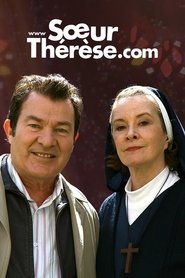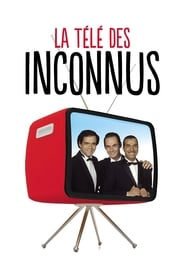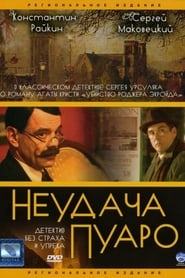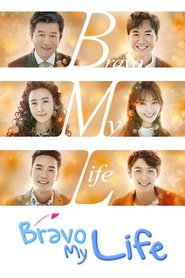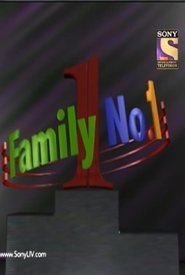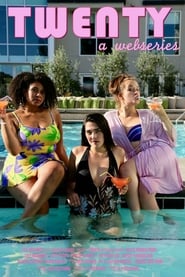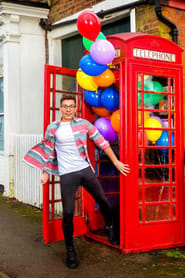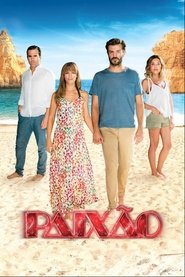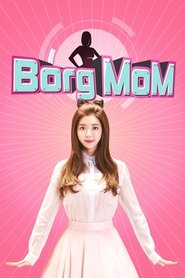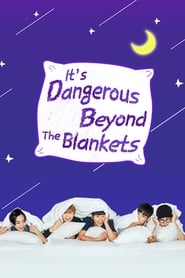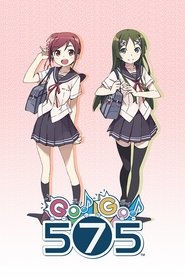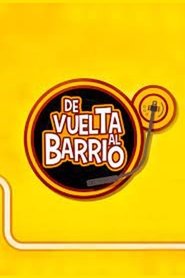Top Rated Comedy TV Series - Page 470
-
Sœur Thérèse.com
2002
-
Sakura Wars
1997
Sakura Wars
1997
star 7.8The year is 1919, and armies of mechanized soldiers are advancing on the capital with the pride of Hell in their wake. However, the engineering geniuses of Kanzaki Heavy Industries have Developed a new weapon to balance the odds... if suitable pilots can be found in time. Chosen for their unique psychic skills, a group of courageous young women assembled from around the world will pilot steam-driven giant robots into single combat with the enemies of the Earth. But beneath the strain of rigouous practice and the onslaught of a faceless enemy, the Flower Brigade is soon in desperate need of leadership. Excitement builds as rumor of a new commander reaches the Extreme Capital Defenders. Can the handsome young officer lead his disorganized Flower Division into battle, or will he face the enemy alone? -
La Télé des Inconnus
1990
-
The Murder of Roger Ackroyd
2002
star 8.2A film adaptation of the novel by Agatha Christie, "The Murder of Roger Ackroyd." The owner of the mansion, Roger Ackroyd, was killed in his own office. The investigation is conducted by two - a local inspector and Belgian detective Hercule Poirot. Everyone is suspected: nephew, household, servants, guests. Everyone has an alibi and everyone conceals something, but at the same time hopes for Poirot and a fair outcome of the investigation. All but the true killer. But Poirot is not in a hurry, he patiently accumulates facts, gets rid of contradictions, frees everyone from a burdensome secret and remains face to face with the killer, facts, logic and a difficult human feeling - disappointment ... -
Bravo My Life
2017
Bravo My Life
2017
star 7.5This drama is the story of three people, actors who fail to debut after seven years and their lives as they relate to a broadcasting station. -
Polònia
2006
Polònia
2006
star 7.8"Polonia" is a humorous space based on political satire. Each week, an analysis of current events is carried out through a series of sketches where the protagonists are politicians, journalists and media people. "Polonia" was released on TV3 on February 16, 2006. In 2007, he won the Ondas Award for the best local television show. In 2011 he won the ATV Make-up Award. In 2012 he won the Zapping award for the best entertainment program. At the moment its eighth season is emitting. The seventh season closed with an average of 595,000 spectators and 18% share of screen. Seven years later, the program has almost 8,400 minutes of gags, more than 350 imitated characters and more than 3,850 sketches written, recorded and emitted. If you want to know more about this program, visit the official website of "Polonia" -
Family No. 1
1998
Family No. 1
1998
star 4.5The misadventures of two families who are forced to live in the same house as tenants after being conned by their estate agent. -
Twenty
2017
Twenty
2017
star 2.4A lesbian musician struggles to break her patterns of whirlwind romances while serving as the shoulder to lean on for a group of eclectic friends, who offer little in return. -
Queer Britain
2017
Queer Britain
2017
star 3.1Presented by YouTuber and journalist Riyadh Khalaf, Queer Britain gets under the skin of queer culture and shines a light on the challenges faced by the LGBTQ+ community. -
Paixão
2017
Paixão
2017
star 4.4With Algarve and South Africa as main stages, Paixão tells the story of a love that was destroyed by a lie. This is the story of a man determined to fight for justice and to recover ten years of his life and an unshakable love that resists time and all threats. -
Borg Mom
2017
Borg Mom
2017
star 5.8Choi Go-Bong works in the field of artificial intelligence. His wife died 7 years ago after giving birth to their son Choi Yool. Choi Go-Bong then developed a borg mom using AI and robotics. Choi Yool enters a prestigious kindergarten and the borg mom meets the other mothers there. The mothers group is full of vanity and pretentiousness. -
It's Dangerous Beyond The Blankets
2017
star 9.5Some people like to stay at home doing nothing, and they are called a “homebody.” However, five homebody celebrities join this show to stay together and spend a holiday together. Actor Lee Sang Woo, Kang Daniel of Wanna One, Yong Jun Hyung of Highlight, Xiumin of Exo, and singer Park Jae Jung move into the same house. Will they be able to get along together? -
Virgin
2017
-
MPD: Animal Unit
2017
MPD: Animal Unit
2017
star 7Tomozo Sudo is a detective. Due to an incident, he is excluded from investigative work. He is then assigned to work in a division responsible for taking care of animals whose owners are suspects or missing. Keiko Usuki is a police constable and works in the same division. She loves animals more than humans. Keiko develops inferences from clues from animals left behind at crime scenes. Tomozo and Keiko work together to solve cases. -
Osen
2008
Osen
2008
star 8.2Handa Sen is the "okami" (proprietress) of a long-standing restaurant in one of the lower parts of Tokyo. Though she is normally airheaded and loves to drink, she has an impressive mastery of a wide range skills, from cooking to ceramics to calligraphy. While the drama follows various events surrounding the restaurant, one of the series' highlights is its illustration of Japanese food and culture. -
King is Not Easy
2017
King is Not Easy
2017
star 6.8Da Xi, a girl who is very good at cooking has only one dream: find a peerless beauty husband. One day she met a Royal Guard, Shao Yong, and fell in love at first sight, so she decides to stay near him and the only way to do it is entering the palace. Da Xi became a maid, only to find themselves fooled, so she decided to escape palace, she ran over the wall, but she met by chance the emperor Ji Man. The emperor thought that she was an assassin, so he tried to stop her escape but instead, an accident occurred: their souls were swapped, she became him, and he became her. -
Man Who Sets The Table
2017
star 6.5Lee Roo-Ri tries to get a job at big company, but she gives up. She doesn't have a good relationship with her strict father. Lee Roo-Ri decides to travel to a foreign country to get away. There, she meets Jung Tae-Yang who goes by the YOLO motto. He wanders around the world and places priority on his happiness, but he also carries an emotional wound. -
GO!GO!575
2014
GO!GO!575
2014
star 5.5Go! Go! 575 adapts the Project 575 games for PlayStation Vita and iOS, which allow anyone to create songs using the traditional Japanese 5-7-5-syllable meter found in haiku and tanka poems. -
De Vuelta al Barrio
2017
De Vuelta al Barrio
2017
star 5.2It is the story of Pichón, a father of a family who has just been widowed, seeing the way to get their children forward, and Malena, who returns to his childhood home with his four children. During their youth they lived a romance and they arrived at the altar, but she decided to leave it moments before marrying and after twenty-five years, they meet again -
Mai dire domenica
2002
 Netflix
Netflix
 Amazon Prime Video
Amazon Prime Video
 Apple iTunes
Apple iTunes
 Apple TV Plus
Apple TV Plus
 Disney Plus
Disney Plus
 Google Play Movies
Google Play Movies
 Paramount Plus
Paramount Plus
 Hulu
Hulu
 HBO Max
HBO Max
 YouTube
YouTube
 fuboTV
fuboTV
 Peacock
Peacock
 Peacock Premium
Peacock Premium
 Amazon Video
Amazon Video
 The Roku Channel
The Roku Channel
 AMC+
AMC+
 Kocowa
Kocowa
 Hoopla
Hoopla
 The CW
The CW
 Vudu
Vudu
 Starz
Starz
 Showtime
Showtime
 PBS
PBS
 Pantaflix
Pantaflix
 FXNow
FXNow
 Tubi TV
Tubi TV
 Kanopy
Kanopy
 Comedy Central
Comedy Central
 Crunchyroll
Crunchyroll
 Microsoft Store
Microsoft Store
 Redbox
Redbox
 Sun Nxt
Sun Nxt
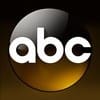 ABC
ABC
 DIRECTV
DIRECTV
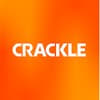 Crackle
Crackle
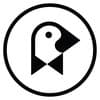 Fandor
Fandor
 Plex
Plex
